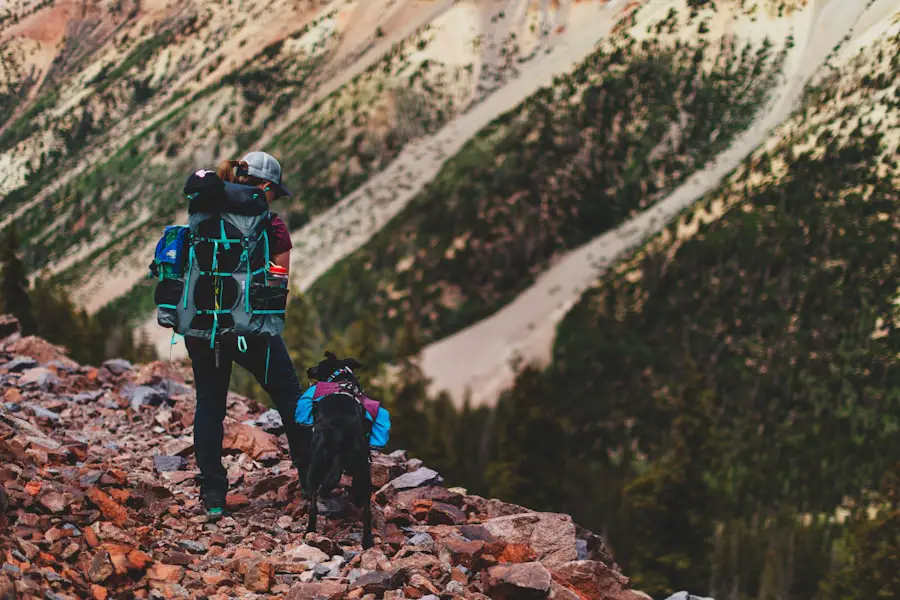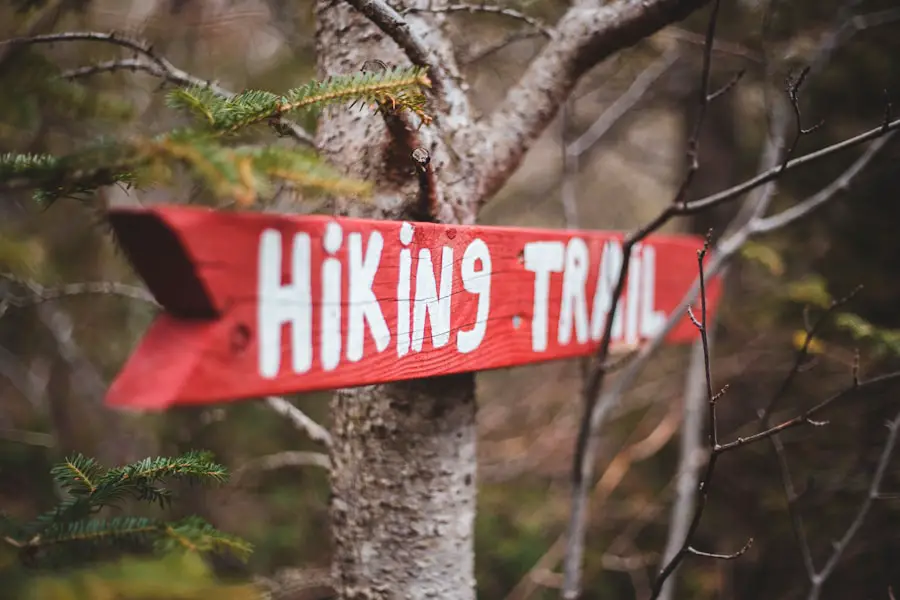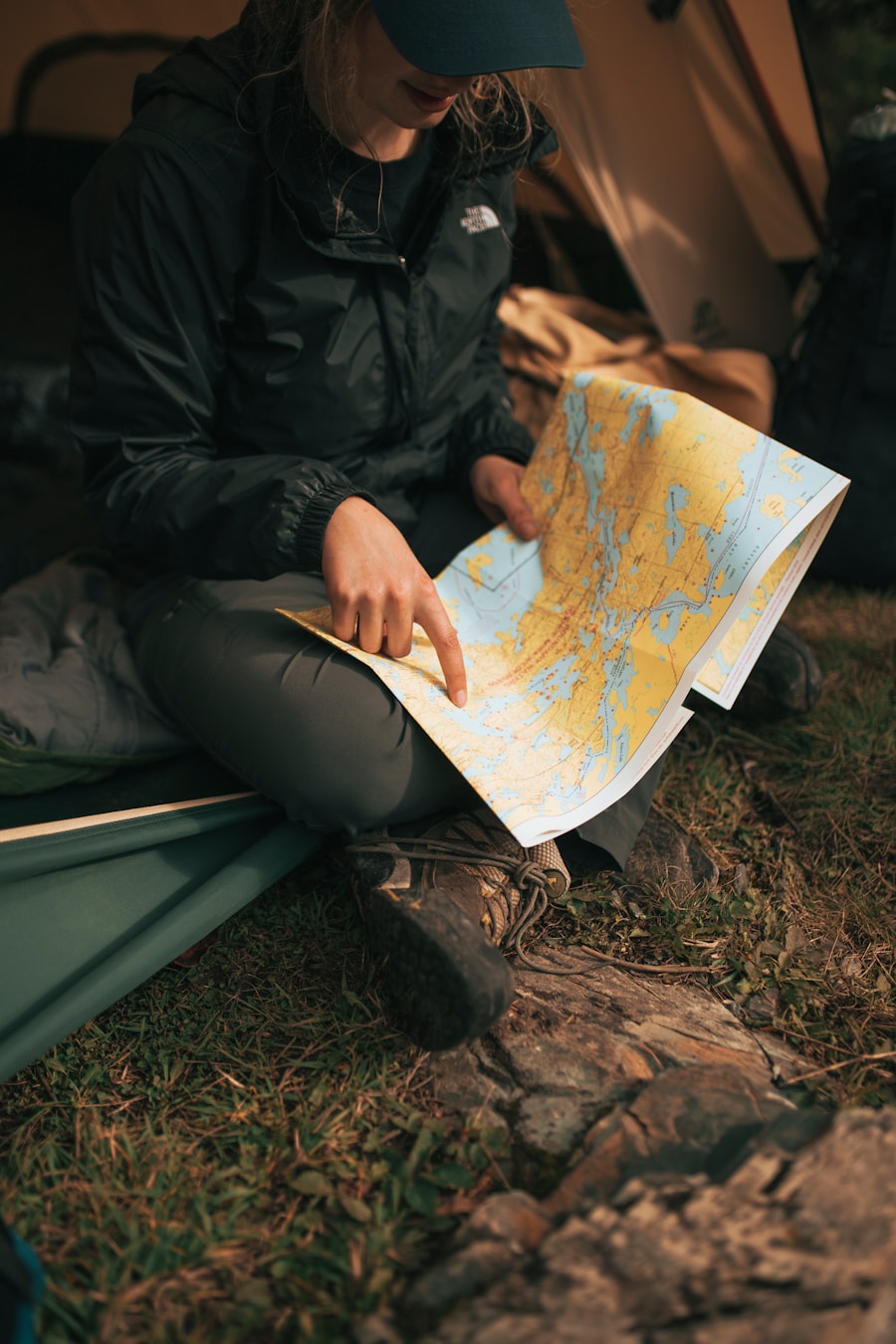Selecting the perfect hiking destination is a crucial first step in planning an outdoor adventure. The choice of location can significantly influence the overall experience, from the scenery to the level of difficulty. When considering a destination, it is essential to assess your skill level and physical fitness.
For beginners, trails that are well-marked and relatively flat, such as those found in national parks or local nature reserves, can provide a rewarding experience without overwhelming challenges. Conversely, seasoned hikers may seek out more rugged terrains, such as mountainous regions or remote wilderness areas, where they can test their endurance and navigational skills. Another important factor in choosing a hiking destination is the type of environment you wish to explore.
Some hikers are drawn to coastal trails that offer stunning ocean views and the sound of crashing waves, while others may prefer forested paths that provide shade and a sense of tranquility. Additionally, consider the time of year and the seasonal conditions of your chosen destination. Certain trails may be inaccessible during winter months due to snow or mudslides, while others may be best visited in spring or fall when temperatures are mild and flora is vibrant.
Researching local flora and fauna can also enhance your experience, as you may wish to observe specific wildlife or wildflowers during your hike.
Key Takeaways
- Choose a destination that matches your hiking experience and fitness level
- Pack essentials such as water, snacks, first aid kit, navigation tools, and appropriate clothing
- Plan your route and trail in advance, considering distance, elevation, and terrain
- Prioritize safety by informing someone of your plans, checking the weather forecast, and staying on marked trails
- Maintain proper nutrition and hydration by bringing high-energy snacks and plenty of water
Packing Essentials for Your Hike
Navigating the Trail
At a minimum, one should include a map and compass or a GPS device to navigate unfamiliar terrain.
First-Aid and Multi-Tool
A first-aid kit is also essential; it should contain band-aids, antiseptic wipes, pain relievers, and any personal medications. Additionally, a multi-tool can be invaluable for various tasks, from food preparation to minor repairs.
Clothing and Footwear
Clothing is another critical component of your packing list. Layering is key to adapting to changing weather conditions; start with moisture-wicking base layers, add insulating mid-layers, and finish with a waterproof outer layer. It’s also wise to pack an extra pair of socks and a hat for sun protection or warmth, depending on the climate. Footwear should be chosen carefully; sturdy hiking boots or shoes with good traction are essential for navigating uneven terrain. Don’t forget to include snacks that provide energy, such as trail mix or energy bars, as well as sufficient water to stay hydrated throughout your hike.
Planning Your Route and Trail

Once you have chosen your destination and packed your essentials, the next step is to meticulously plan your route and trail. This involves studying trail maps and guides to understand the terrain, elevation changes, and estimated hiking times. Many trails are rated by difficulty level—easy, moderate, or strenuous—so it’s important to select a route that aligns with your physical capabilities and experience level.
For instance, if you are hiking with children or inexperienced hikers, opting for shorter trails with gentle inclines can make for a more enjoyable experience. In addition to understanding the trail’s physical characteristics, it’s also beneficial to familiarize yourself with any potential hazards along the route. This could include areas prone to rock slides, sections that may be muddy after rain, or wildlife encounters that could pose risks.
Some trails may have specific regulations or guidelines regarding camping or fires, so checking local regulations beforehand can prevent any surprises during your hike. Utilizing online resources such as hiking forums or apps can provide valuable insights from fellow hikers who have recently traversed the same path.
Safety Tips for Hiking
| Safety Tips for Hiking |
|---|
| 1. Plan your route and inform someone of your plans |
| 2. Check the weather forecast before heading out |
| 3. Pack essential items such as water, food, map, compass, and first aid kit |
| 4. Wear appropriate clothing and footwear |
| 5. Stay on marked trails and be aware of your surroundings |
| 6. Be cautious around wildlife and avoid feeding them |
| 7. Stay hydrated and take regular breaks |
| 8. Be mindful of your physical limitations and pace yourself |
| 9. Carry a whistle or signaling device for emergencies |
| 10. Leave no trace and respect the environment |
Safety should always be a top priority when embarking on a hiking adventure. One of the most effective ways to ensure safety is to hike with a partner or group rather than alone. This not only provides companionship but also allows for shared responsibility in case of emergencies.
Before setting out, inform someone about your hiking plans, including your intended route and estimated return time. This way, if something goes awry, someone will know where to look for you. Another critical aspect of hiking safety is being aware of your surroundings and understanding basic navigation skills.
Familiarize yourself with common trail signs and markers, and always keep an eye on your surroundings to avoid getting lost. It’s also wise to carry a whistle; in case of an emergency, it can be used to signal for help without exhausting your voice. Additionally, understanding how to recognize signs of fatigue or dehydration in yourself and others can prevent serious health issues during your hike.
Proper Nutrition and Hydration
Maintaining proper nutrition and hydration is essential for sustaining energy levels during a hike. The body requires adequate fuel to perform optimally, especially when traversing challenging terrains. Before hitting the trail, it’s advisable to consume a balanced meal rich in carbohydrates, proteins, and healthy fats.
Foods like oatmeal with nuts or a sandwich made with whole-grain bread can provide lasting energy. During the hike itself, snacking on high-energy foods such as granola bars, dried fruits, or nut butter packets can help keep energy levels stable. Hydration is equally important; dehydration can lead to fatigue, dizziness, and impaired judgment.
It’s recommended to drink water regularly throughout the hike rather than waiting until you feel thirsty. A general guideline is to consume about half a liter of water per hour of moderate activity in moderate temperatures; however, this may vary based on individual needs and environmental conditions. In hotter climates or during strenuous hikes, electrolyte-replenishing drinks can also be beneficial in maintaining hydration levels.
Choosing the Right Gear

Footwear: The Key to Safe Navigation
The foundation of any hiker’s gear is their footwear; investing in high-quality hiking boots or shoes that provide support and traction is crucial for navigating various terrains safely. Look for footwear that fits well and has features such as waterproofing or breathability depending on the conditions you expect to encounter.
Packing Essentials: Backpack and Accessories
In addition to footwear, other gear choices should be made based on the specific needs of your hike. A reliable backpack is essential for carrying all your essentials comfortably; it should fit snugly against your back without causing strain. Consider features like adjustable straps and multiple compartments for organization.
Additional Essentials for Comfort and Safety
Trekking poles can also be beneficial for stability on uneven ground and reducing strain on joints during steep descents. Finally, don’t overlook accessories such as sunglasses for eye protection against UV rays and a hat for sun protection; these small items can make a significant difference in comfort during long hikes.
Leave No Trace Principles
Adhering to Leave No Trace principles is vital for preserving natural environments while enjoying outdoor activities like hiking. These principles encourage hikers to minimize their impact on the environment by following specific guidelines designed to protect ecosystems and wildlife habitats. One fundamental principle is to stay on designated trails; this helps prevent soil erosion and protects native plants from being trampled.
Another key aspect of Leave No Trace is proper waste disposal. Hikers should pack out all trash, leftover food, and personal items rather than leaving them behind. In areas where restroom facilities are not available, it’s important to follow guidelines for human waste disposal—typically involving digging a small hole at least 200 feet away from water sources and trails.
Additionally, respecting wildlife by observing animals from a distance without feeding them helps maintain their natural behaviors and habitats.
Preparing for Different Weather Conditions
Weather conditions can change rapidly in outdoor environments, making it essential for hikers to prepare accordingly. Before heading out on a hike, checking the weather forecast is crucial; this information can guide decisions about clothing layers and gear needed for the day’s conditions. For instance, if rain is expected, packing a waterproof jacket and quick-drying clothing can help keep you comfortable throughout the hike.
In colder climates or during winter hikes, layering becomes even more critical. Base layers should wick moisture away from the skin while insulating layers trap heat without adding bulk. Accessories like gloves, hats, and neck gaiters can provide additional warmth against biting winds.
Conversely, in hot weather conditions, lightweight clothing that allows for breathability is essential; wearing light-colored fabrics can help reflect sunlight rather than absorb it. Regardless of the season or weather forecast, being prepared with appropriate gear ensures that hikers can enjoy their adventures safely and comfortably.
If you’re planning a hiking trip, you may also want to consider investing in the best sleeping bag for backpacking travel. Having a quality sleeping bag can make all the difference in ensuring a comfortable and restful night’s sleep while out in the wilderness. Check out this article on the best sleeping bag for backpacking travel to find the perfect option for your next outdoor adventure.
Love travel? Join Our Facebook Community
FAQs
What is a hiking trip?
A hiking trip is a journey on foot, typically in natural environments such as mountains, forests, or wilderness areas. It often involves walking on trails or paths and can range from short day hikes to multi-day backpacking trips.
How do I plan a hiking trip?
To plan a hiking trip, you should start by choosing a destination, researching the area’s trails and terrain, checking the weather forecast, and packing appropriate gear and supplies. It’s also important to consider factors such as the difficulty of the hike, the experience level of the hikers, and any necessary permits or regulations.
What should I consider when choosing a hiking destination?
When choosing a hiking destination, consider factors such as the difficulty of the trails, the distance from your location, the type of terrain, the availability of amenities such as campsites or water sources, and any specific attractions or points of interest in the area.
What gear do I need for a hiking trip?
Essential gear for a hiking trip includes sturdy hiking boots, appropriate clothing for the weather, a backpack, navigation tools such as a map and compass, plenty of water, food and snacks, a first aid kit, a headlamp or flashlight, and any necessary camping gear if you plan to stay overnight.
What safety precautions should I take when planning a hiking trip?
When planning a hiking trip, it’s important to consider safety precautions such as informing someone of your itinerary, checking the weather forecast, staying on marked trails, bringing a first aid kit, carrying enough water, and being aware of potential hazards such as wildlife or rough terrain.
How can I prepare for a hiking trip?
To prepare for a hiking trip, you can start by getting in shape through regular exercise, familiarizing yourself with the area’s trails and terrain, practicing using your gear and equipment, and learning basic outdoor skills such as navigation and first aid. It’s also important to pack and prepare for the specific conditions of the hike.
